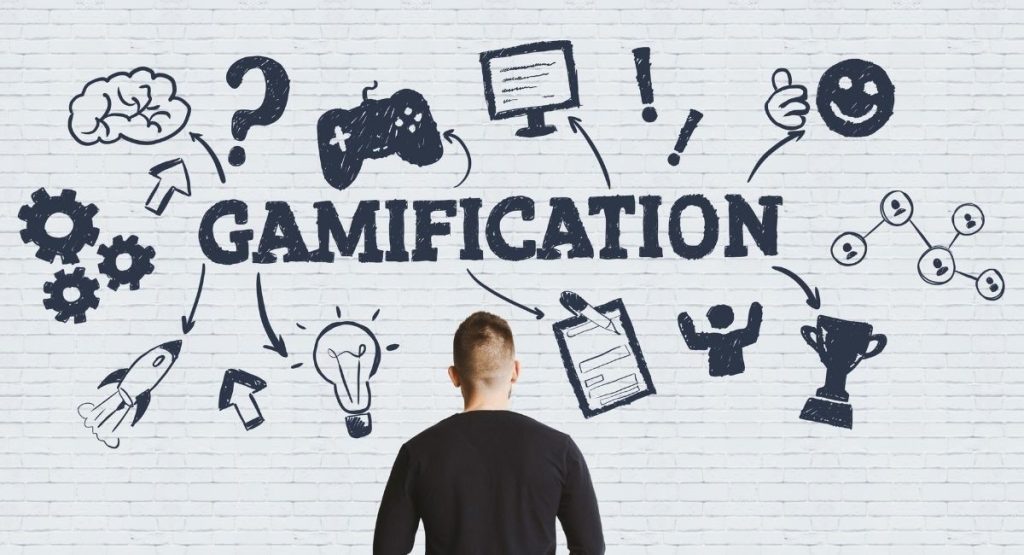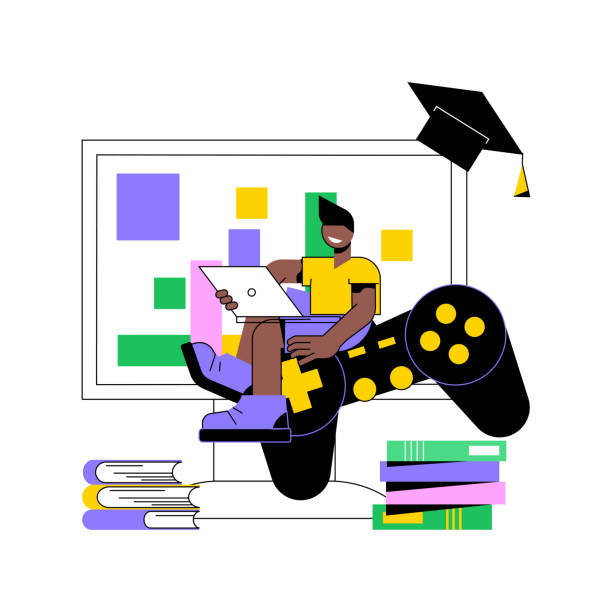Hey there, education enthusiasts and edTech companies! Ever wished students find your lessons less like a lecture and more like an adventure? Well, needless to say, gamification is the secret tool that can make it happen. In the hustle-bustle of today’s life, where attention spans are fleeting, traditional teaching methods often struggle to keep students engaged. That’s precisely where the magic of gamification in learning comes into play.
It’s not just a buzzword. It’s a revolutionary approach that turns learning into a game, infusing enthusiasm, creativity, and, most importantly, a sense of fun into the educational journey.
Gamification in Learning: It’s Playtime with a Purpose
Game elements blended with educational content make learning interactive, enjoyable, and downright exciting. By integrating game elements into the learning process, educators can turn mundane lessons into interactive adventures. Thus, it fosters a more enjoyable and impactful educational experience.
So buckle up because we’re about to explore six excellent ways to infuse playfulness into your teaching style and add joy to learning. Are you ready to level up your students’ learning experiences? Let the adventure begin!
1. Quests and Challenges: Transforming Lessons into Adventures
Imagine turning a history lesson into an epic quest or a math problem into a challenging puzzle. Sounds interesting, right? Incorporating quests and challenges is a powerful way to introduce gamification in education examples.
However, to make this happen, start by crafting a narrative that aligns with your lesson objectives. Whether it’s exploring ancient civilisations or decoding mathematical mysteries, the narrative sets the stage for the adventure.
Thus, by framing lessons as adventures, students become protagonists in their learning journey, eagerly embracing challenges and seeking knowledge as if on a quest for treasure.
2. Leaderboards and Rewards: Let the Games Begin!
As students conquer challenges and achieve milestones, they earn rewards – it could be points, badges, or even virtual treasures. After all, a bit of healthy competition makes learning interesting and less monotonous.

These rewards act as motivational boosts, encouraging them to tackle more challenges and immerse themselves deeper into the learning journey. Hence, introduce leaderboards and rewards into your classroom and watch the magic happen.
3. Interactive Simulations: Learning by Doing, Virtually
Ever wished your science experiment could happen without the mess? Interactive simulations can help you in this matter. With it, gamification in eLearning thrives on bridging the gap between theory and practice. Also, it makes students more attentive even in complex subjects.
So, what are these simulations, and why are they such a game-changer in gamification in learning?
In a traditional classroom, you might explain the process of photosynthesis, and students would nod along, trying to picture it in their minds. But with interactive simulations, they get to step into the shoes of a scientist. In addition, they can manipulate variables, observe outcomes, and truly understand the cause-and-effect relationships behind scientific principles.
Anyway, whether it’s mixing chemicals or exploring history, students can dive into hands-on learning experiences without the cleanup. It’s education with a virtual twist.
4. Role-Playing and Storytelling: Unleash Your Inner Creative Genius
Infusing a dose of creativity into education, role-playing and storytelling captivate students’ imaginations. Also, by adopting different roles or becoming characters in a story, learners develop a deeper understanding of the subject matter and enhance their problem-solving and critical-thinking skills.
5. Customizable Avatars: Personalizing the Learning Experience
Who says learning can’t be personal? Let your students shine by giving them customizable avatars. It’s like having a digital sidekick on their educational quest. When they can express themselves in the virtual world, learning becomes a personalised and enjoyable experience.
However, another cool part of Avatars is that it isn’t just for show. It is the avatars are just not for show. It can earn rewards and achievements. It’s like turning learning into a game where the learner – the star of the show – collects achievements and levels up.
Customisable avatars aren’t just for fun; they tap into the psychology of personalization. When a learner sees an avatar that represents them, they can relate to the learning experience. A sense of belongingness also grows. Moreover, it creates a connection to the study materials. It’s like saying, “Hey, learning is not just for everyone else; it’s for me, and I’m rocking it!”
6. Collaborative Games: Team Up for Success
Education is not just about individual achievement; it’s also about teamwork. Whether it’s cracking codes in a digital escape room or working on a group project, these activities teach the students that success is sweeter when shared and not just about solely earning points on the leaderboard.
So, what’s the deal with gamification in learning through collaboration? Picture this: Instead of tackling challenges alone, students get to team up with their classmates, like superheroes joining forces to save the day. Whether solving math problems, cracking codes, or working on a group project, the student does not feel alone.

However, why does this make learning better?
Two points to be mentioned here:
- It promotes communication and cooperation among fellow classmates. After all, they are not just absorbing tedious chunks of information but actively engaging with their peers.
- Collaborative games prepare individuals for the real world. The importance of skills like problem-solving, negotiation, and effective communication can be effectively learned through these.
In A Nutshell
Ready to make learning an adventure by gamifying your classrooms? So, gamification in learning isn’t just a trend; it’s a game-changer. As you weave playfulness into your teaching style, you’ll see students embracing knowledge with smiles on their faces. Thus, education becomes a journey, not a destination.
Transform theory into practice, and watch your students discover the wonders of learning through hands-on exploration. Also, inculcate a sense of adventure into your lessons and watch your learners become eager participants in their own educational quests. The journey is as important as the destination, and with quests and challenges, every lesson becomes a thrilling chapter in the epic story of learning.
So, fellow digital trendsetters, let’s add flair to the classroom. Let the games begin, and watch your classroom transform into a hub of excitement and learning. However, remember to find a suitable gamification service provider who can align with your organisation’s vision and mission.



Comments 0